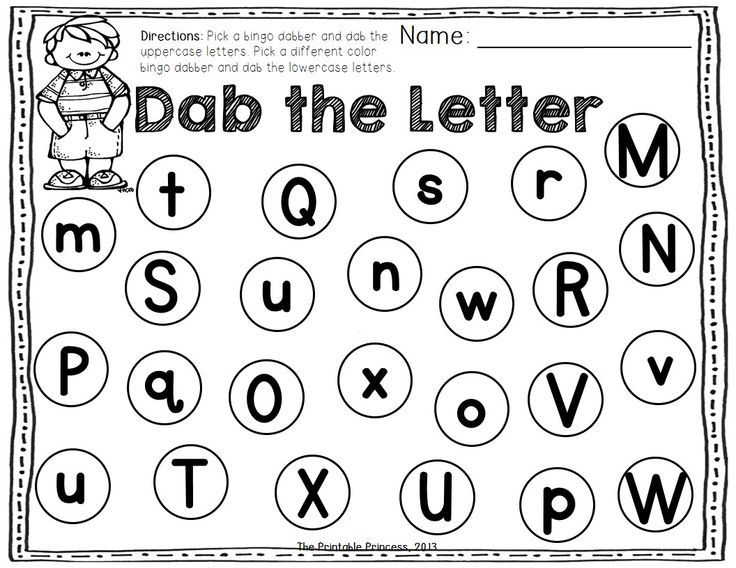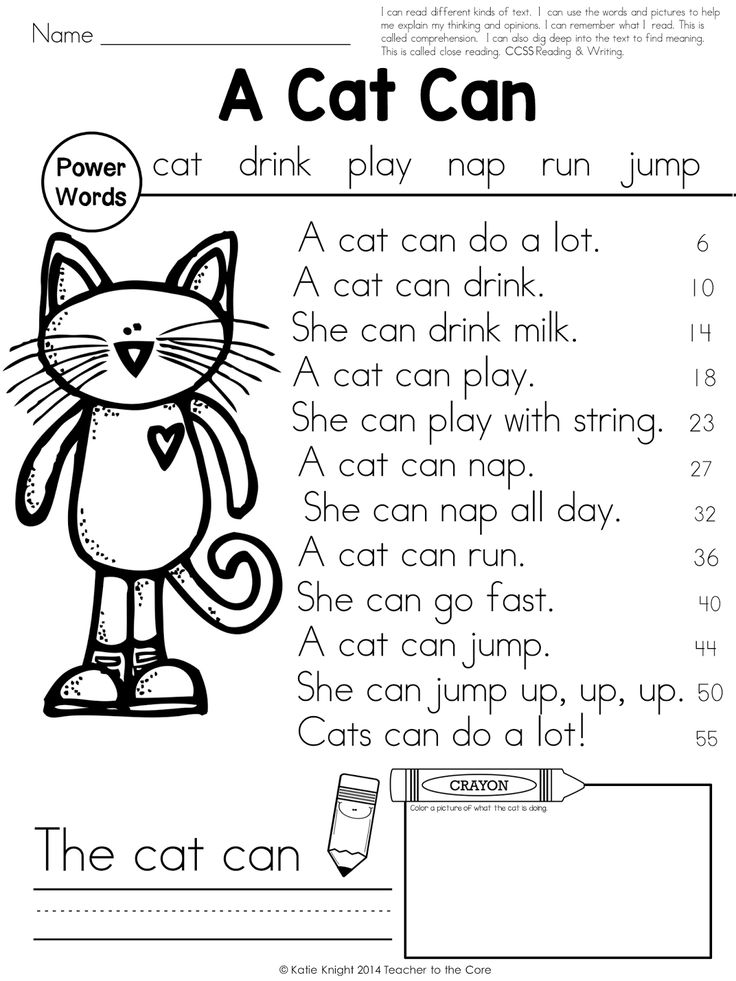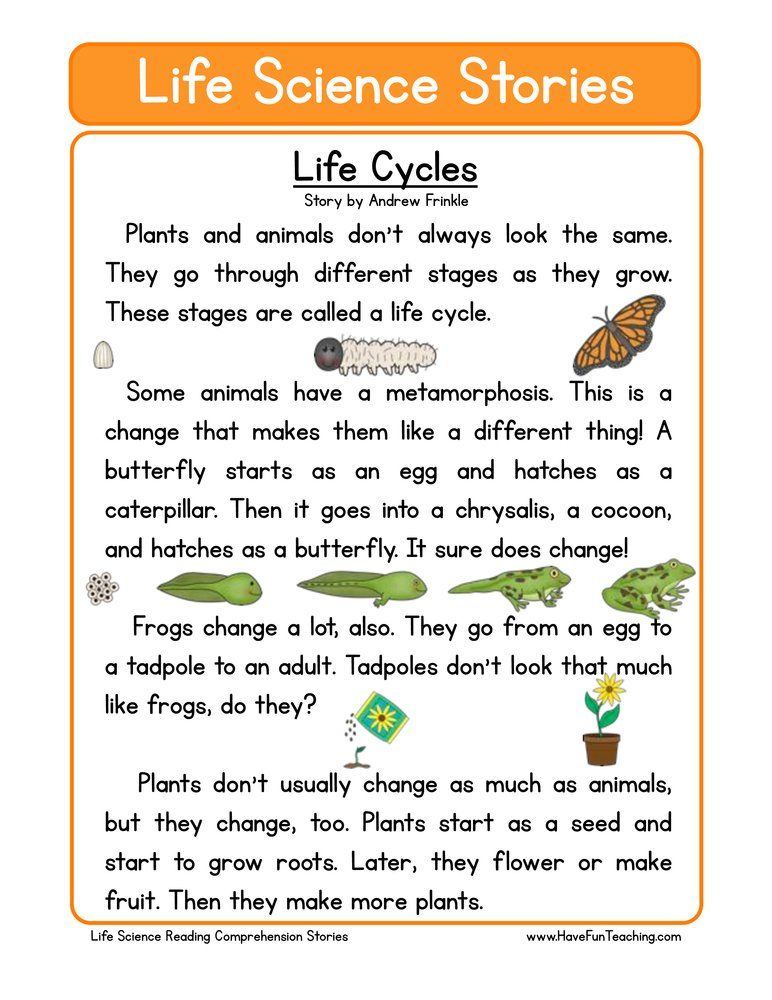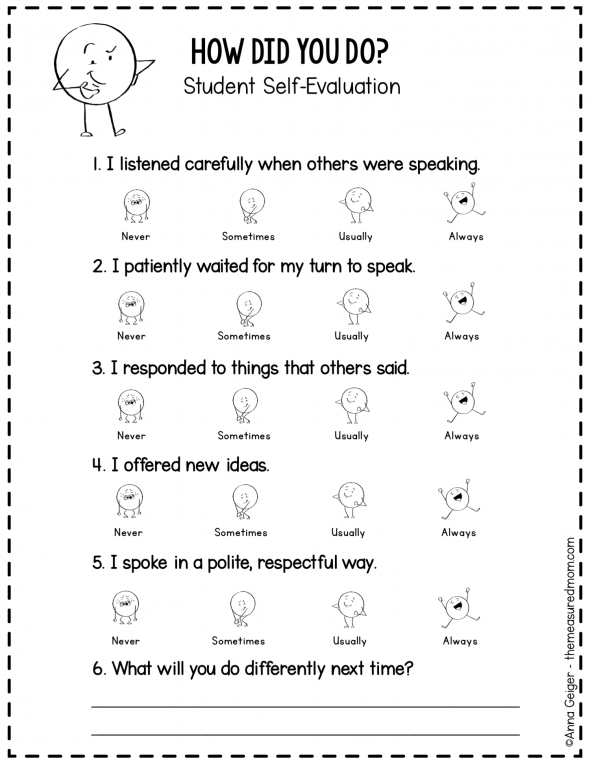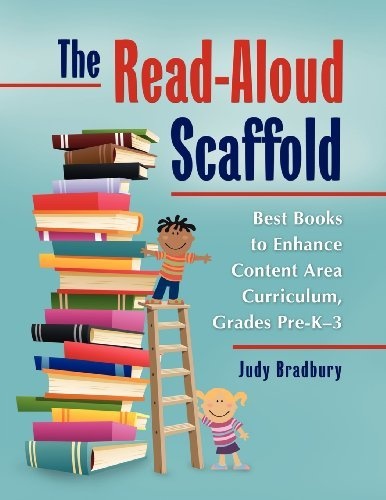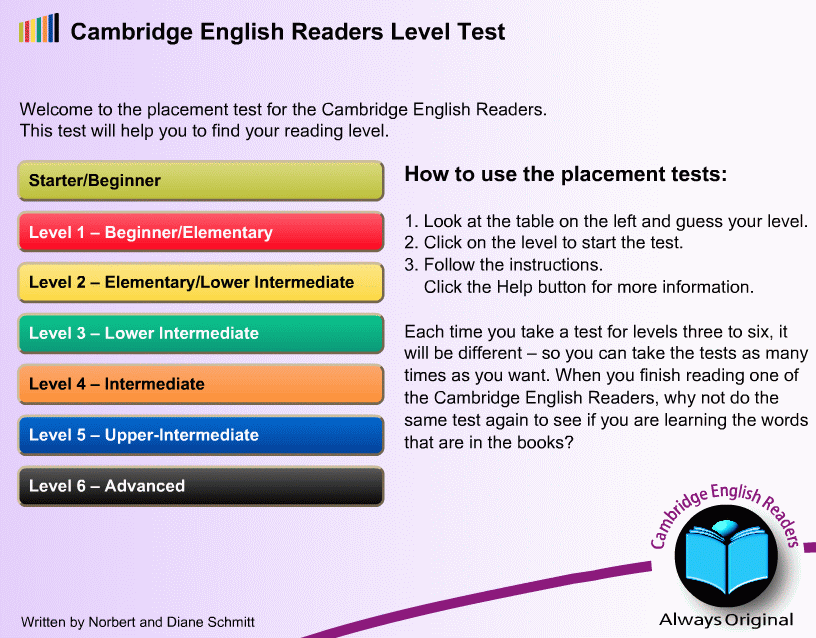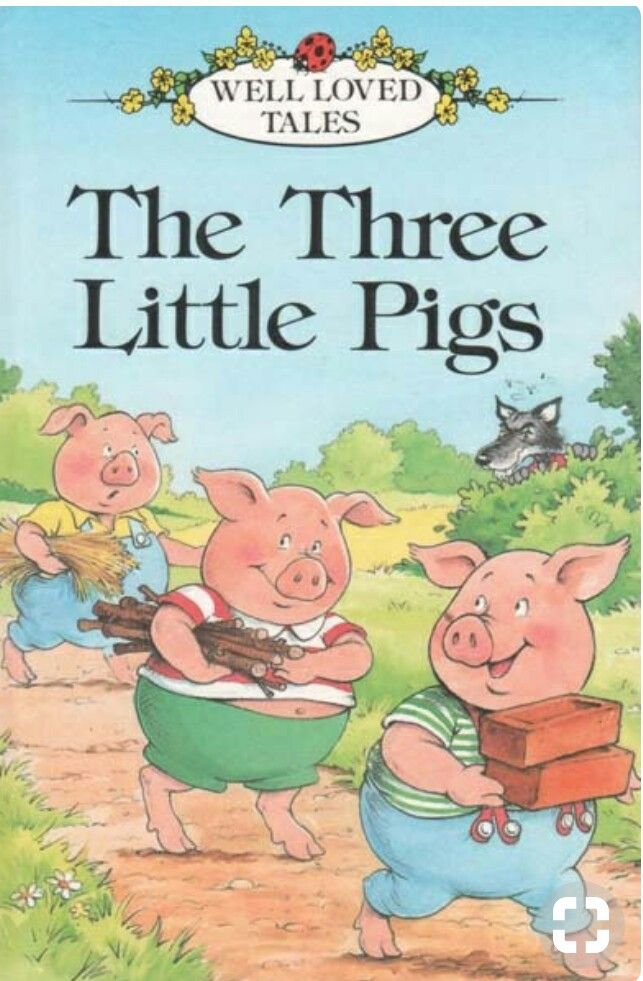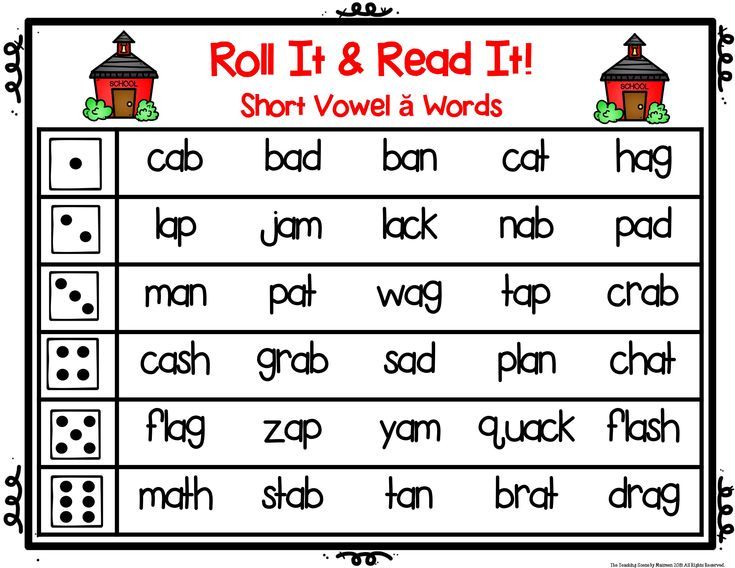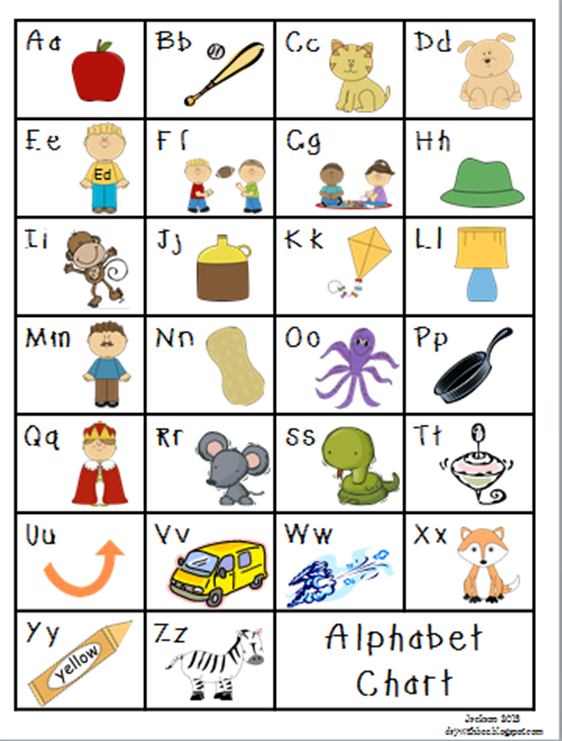Recognizing letters and numbers
How to Easily Teach Your Child Their Letters and Numbers
Spread the love
While it may seem like only yesterday your little ones were learning to take their first steps; believe it or not, it may be time for them to conquer their letters and numbers -OR- ABCs and 123s! While every child is different, many report their child either expressing interest or being able to recite the alphabet and numbers by the time they are a mere two years old. On the flip side, many other parents share their children are not ready or able to appropriately recite knowledge of this information until four years of age. Regardless of your child’s individual abilities and timeline, it is best to be prepared to help them throughout their learning process.
Feeling overwhelmed? Not sure how to go about teaching this very important information?
Don’t worry, teaching a child to both recall and recite their alphabet and numbers can not only be quite easy, but also quite fun in the process!
Our Story
Shortly after my daughter turned three she began expressing an interest in identifying more and more letters of the alphabet. In fact, she would grow quite frustrated when there was one she didn’t know and would come to me for identification of a letter time and time again. This same process repeated itself until one day I turned to Google for a brief search, “when should a child be able to identify the letters of the alphabet?”
Like a punch to the gut I was shocked to learn that many children (even a year younger than my daughter) were already identifying their letters and numbers. Having not gone through this important milestone before (she being my oldest child), I naively assumed that she would pick up on these skills in preschool, etc. and we would work on them in more detail on a later time (perhaps when she was a bit older). After all, she already knew how to sing her ABCs, did she also need to know how to identify them separately as well?… wasn’t she JUST learning to potty train?! Needless to say, I was wrong. While there is no use pushing a child to learn a skill when they are not yet ready, my daughter was clearly showing me all the signs that she wanted to learn and I needed to get on board… and QUICK!
Not sure where to best start (other than with standard flash cards), I turned to the pros (a.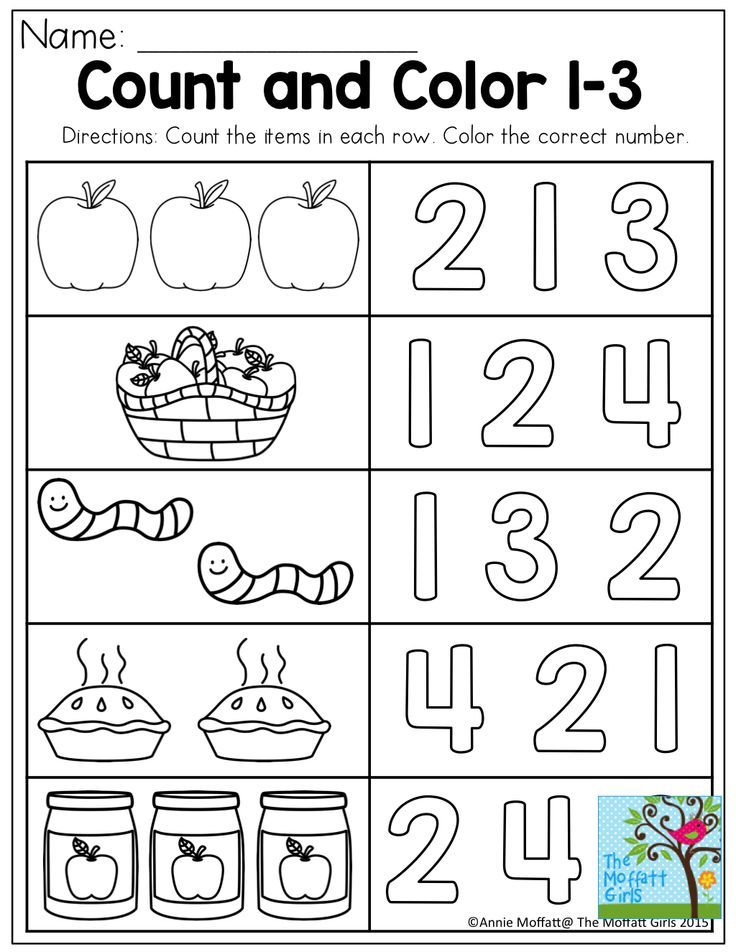 k.a. seasoned mamas) and asked for their advice in my “Creative Mamas! Facebook Group“. Within no time, I had a game plan full of highly recommended creative strategies to implement into our learning process.
k.a. seasoned mamas) and asked for their advice in my “Creative Mamas! Facebook Group“. Within no time, I had a game plan full of highly recommended creative strategies to implement into our learning process.
Over the course of the next couple of weeks we implemented an “alphabet and letter learning” game plan and got to work. Within no time, a mere couple of weeks to be exact, my daughter had every last letter and number memorized and we celebrated with an “ABC-123 pizza party” at Pizza Ranch (per her request ;)).
Our Exact Strategy to Learning Letters and Numbers
While every individual learns differently, I felt it best in this particular situation to literally surround my daughter in a world of letters and numbers. My goal was to educate (in a fun way!) throughout every moment of the day so that she didn’t feel like there were set “forced” learning moments… instead it would become a fun new way of life.
* Affiliate links are included in this post. All this means, is that if you click on one of those links and purchase something, I may receive a small commission.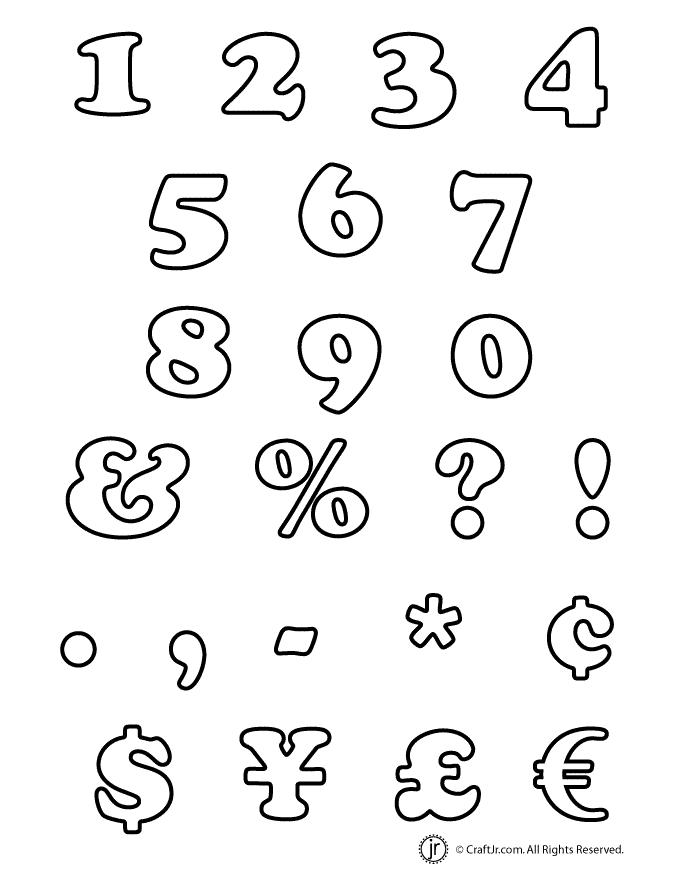 However, you will not pay a penny more- promise!
However, you will not pay a penny more- promise!
- 1.) I decided to write one letter and one number per sticky note. I then stuck them around the entire house. On the bathroom mirror, by her bathtub, on her toy kitchen, in her room, in the hallway, on the door, on the picture frames, etc. While passing every letter we’d stop and say the letter together.
- 2.) I purchased bathtub letters and numbers here (per recommendation of a mama in the Creative Mamas! Facebook Group) and incorporated them into our nightly bath time routine.
- 3.) I purchased The Letter Factory DVD here (per recommendation of a mama in the Creative Mamas! Facebook Group) and let my daughter watch the 30-minute video a few times a week.
- 4.) During mealtime we incorporated speed flashcard rounds adding a few more letters every day once she mastered the others. I purchased these exact cards here and here.
- 5.) I dedicated a letter or two per day by showcasing it on a large chalkboard in our kitchen (a dry erase board in a common area could have the same effect).
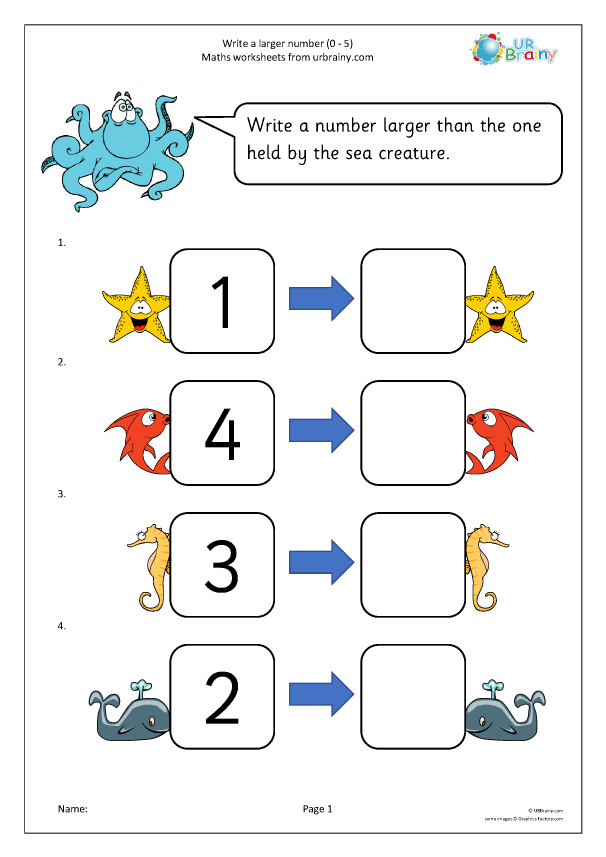
That was it! After a couple weeks of surrounding ourselves in all things letters and numbers, my daughter not only easily mastered her ABCs and 123s but she had fun doing so. As a busy mom (who also found herself chasing after a 1-year-old all day long), what I loved most about this strategy is that the entire process was very stress-free and could be implemented in very short (reasonable) increments of time all day long.
Additional Learning Materials
While we didn’t use these exact products ourselves, a quick walk through local stories (i.e. Target) showed me that there are endless amazing resources just waiting to be utilized! Some of my favorites include:
- Play-Doh Shape and Learn Letters and Language – because who doesn’t love learning with Play-Doh?!
- Wipe Clean: Letters (Wipe Clean Learning Books) – if your kiddo learns best by being hands on and writing/drawing… then this is for them!
- VTech Alphabet Apple – if your child loves electronics and all things games… then I’ve heard great things about this!
- The Learning Journey Lift & Learn ABC Puzzle– is your child a puzzle lover? Then this puzzle is the one to get!
- The Learning Journey Match It! Counting– I love that this incorporates both puzzle and flashcards into a fun activity!
- Education.
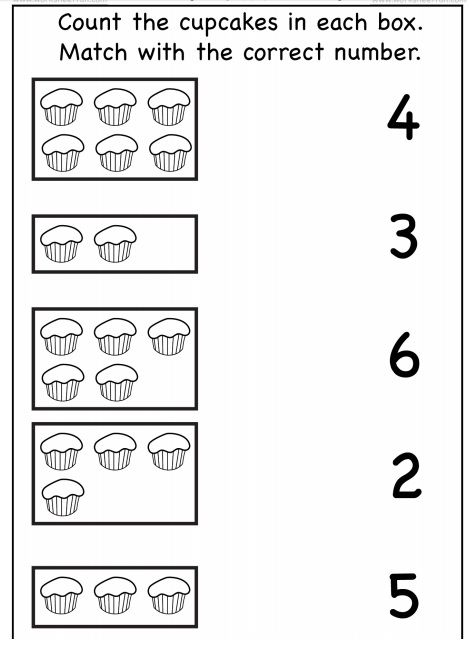 com’s amazing worksheets! – I love that there are so many to choose from!
com’s amazing worksheets! – I love that there are so many to choose from!
*BONUS: Education.com has graciously offered a FREE “Letter Match-Up Preschool Spelling” activity that can be downloaded here!
Have additional ideas that worked great for your kiddo? I’d love to hear them! Share in the comments below!
Spread the love
7 fun Activities to Learn Letters and Numbers
Letters and numbers are the foundation for almost all educational activities and knowing them opens so many wonderful opportunities for exploration. But they can be hard and boring to learn…It’s all in the presentation! We will show you 7 great activities for learning letters and numbers
Article Contents
1. Factors that influence learning numbers and letters
2. When is a good time to start learning Letters and Numbers?
3.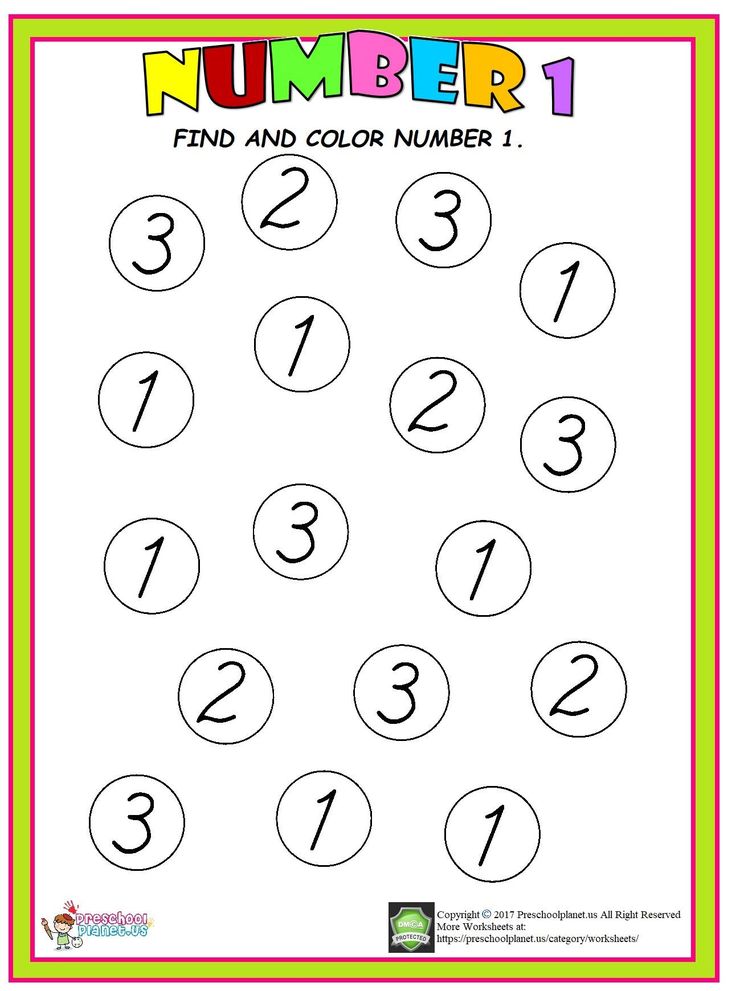 Materials needed for Letters and Numbers activities
Materials needed for Letters and Numbers activities
4. How to make a Board we will use for an activity
5. How to make Letters and Numbers
5.1. ACTIVITY 1: Recognizing Letters
5.2. ACTIVITY 2: Connecting Sound with a Shape
5.3. ACTIVITY 3: Connect Letters to a Word
5.4. ACTIVITY 4: Connecting Numbers
5.5. ACTIVITY 5: Connecting Numbers Backward
5.6. ACTIVITY 6: Connecting Even Numbers
5.7. ACTIVITY 7: Connecting Odd Numbers
Factors that influence learning numbers and letters
When talking about factors that influence the speed, and how easily children learn to recognize and use numbers and letters, we can talk about biological and environmental factors. Numerous studies have shown that genetics influence how easy children can learn to read, write, and calculate. There is also evidence that genetics plays a major role in learning disabilities like dyslexia or dyscalculia.
Numerous studies have shown that genetics influence how easy children can learn to read, write, and calculate. There is also evidence that genetics plays a major role in learning disabilities like dyslexia or dyscalculia.
We can’t influence biological factors that much, but we can surely play a big role in environmental factors. Using activities that teach letter-sound relations and how to recognize written words helps children in mastering reading skills. And activities like reading stories aloud and discussing them with a child improve language and comprehension skills.
Math is one of the least favorite school activity for Children, but math can be really fun!And what are some signs that can show us if there is a potential of reading and counting difficulties through the child’s life? Meta research shows that there are 3 factors that can predict the speed and ease at which the child could learn reading skills through early education: Letter Knowledge, Phoneme Awareness and Rapid automatized naming.
- Letter Knowledge: refers to knowledge that written letters or numbers correspond to specific phonemes in spoken words.
- Phoneme Awareness: refers to the ability to manipulate words or nonwords and recognize incomplete words. The best example would be the task: “Say the word “House” but without “H”. The answer should be “ouse”.
- Rapid automatized naming: refers to the ability of a child to rapidly name a list of letters, colors, numbers, and pictures.
These 3 skills are strong predictors of how the child will perform in activities that are connected with letters and numbers. If children are coping with those skills through early education, that can even indicate some learning problems. But as with all “tests” for children, we should be careful with drawing conclusions since there can be big individual differences, especially at an early age.
When is a good time to start learning Letters and Numbers?
There are big individual differences in certain developmental milestones and that’s especially pronounced at an early age.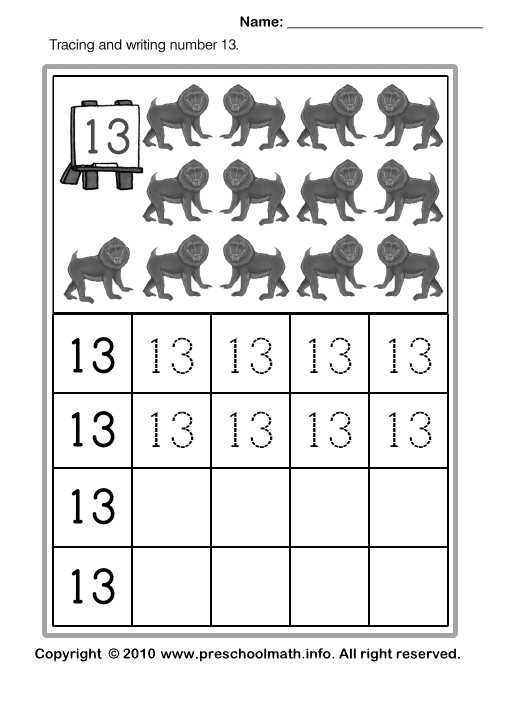 So, before starting any learning activity, think about your child’s current capabilities and interests. We want to provide activities that are just a little above his/her current capabilities so they are educational, but not frustrating. Unrealistic expectations can produce shame and frustration in your child and in the long run affect his/her confidence and willingness to try new activities.
So, before starting any learning activity, think about your child’s current capabilities and interests. We want to provide activities that are just a little above his/her current capabilities so they are educational, but not frustrating. Unrealistic expectations can produce shame and frustration in your child and in the long run affect his/her confidence and willingness to try new activities.
So there are individual differences, but some general age when it’s an appropriate time for most children to start exploring letters and numbers is around 3 years old. Some children can learn to count mechanically to 10 even earlier, at 2 years. However, they don’t understand the concept of counting and numbers in general and are just repeating what they learned by heart.
Around age 3, children can start to explore different concepts around letters and numbers, recognizing them, understanding how sound and symbol are connected, how they can be chained… Of course, never force them to sit and learn. Make it fun and engaging and they will be interested to continue on their own. The more we learn about a certain topic, the stronger the connection between neural pathways in our brain forms and it will be easier to build upon that knowledge in the future.
Make it fun and engaging and they will be interested to continue on their own. The more we learn about a certain topic, the stronger the connection between neural pathways in our brain forms and it will be easier to build upon that knowledge in the future.
We will show you 7 activities which are both educational and fun and you can adapt their complexity to your child’s capabilities and interests. In the spirit of STEM Engineering, we will also show you how to prepare your own learning materials, so you can include your child in the preparation. That will be a good opportunity to work on some motor skills development as well as creativity.
Materials needed for Letters and Numbers activities
All we need for these activities are some Colored paper, Rubber bands, Pins, and a Board.- Colored paper (different colors if possible)
- Scissors
- Pencil
- Board (Styrofoam or regular cardboard to make your own)
- Pins
- Rubber bands
How to make a Board we will use for an activity
Watch the video at the beginning of the article for a step by step instructions on how to create the letters and numbers activity or read on for detailed explanations for each idea you can use.
If you want to make your own board, all you need to do is take a cardboard box (empty shoebox or from some gadget). You can tape decorative paper around it to make it more pretty and interesting. There should be empty space beneath the box so pins can go through it. Include your child in making it. They can cut paper or tape it, or even choose the decoration. STEM Engineering at work!
How to make Letters and Numbers
Write the letters and numbers on colored papers of your choosing (you can use one color for numbers and one for letters for easier discrimination).
Cut them with the help of your child. Using scissors is great for fine motor skills and oculomotor coordination. If letters and numbers are not perfectly symmetrical, even better! That will help your child with a generalization of shape. Letters and numbers have the same meaning even if there are differences in the way they are written.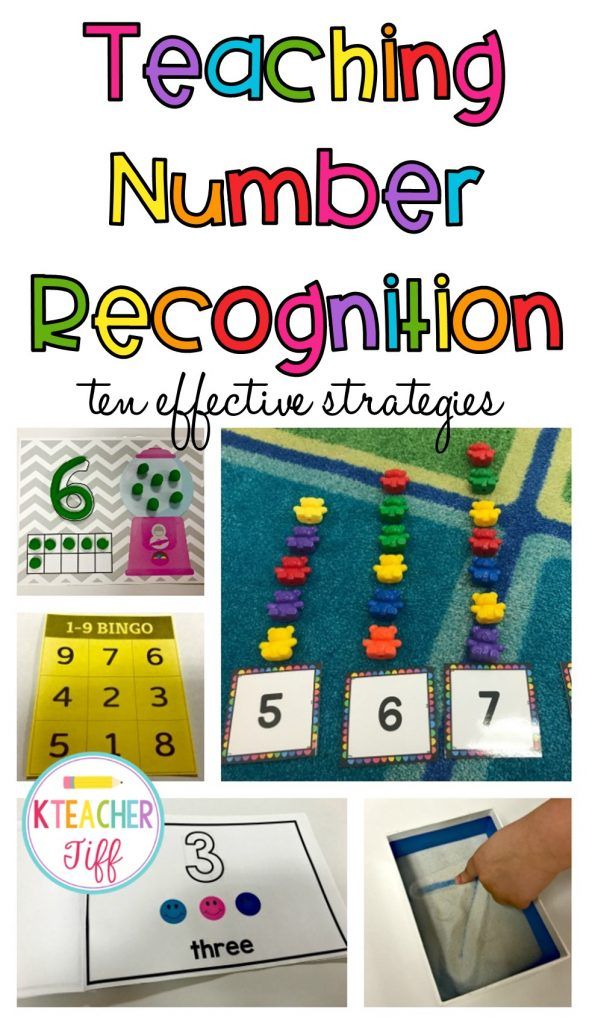
ACTIVITY 1: Recognizing Letters
Write some words or sentences on a piece of paper and tell your child to copy them on the board with paper letters. This activity is based on recognizing the shape of letters, so it can be used as a starter activity.
ACTIVITY 2: Connecting Sound with a Shape
Tell your child a letter, a word or a sentence (depending on age and how hard you want it to be, but always start with simpler tasks) and ask him/her to use paper letters to write down what you said. This activity is more complex because the child must already know letters to do it, so present it only after you practiced recognizing letters.
ACTIVITY 3: Connect Letters to a Word
Prepare a board by putting scrambled letters on it and use a pin to secure them. Ask your child questions, such as “Where do you live?” or “What is your name?” and her/his task is to connect the letters in the right order with the rubber bands.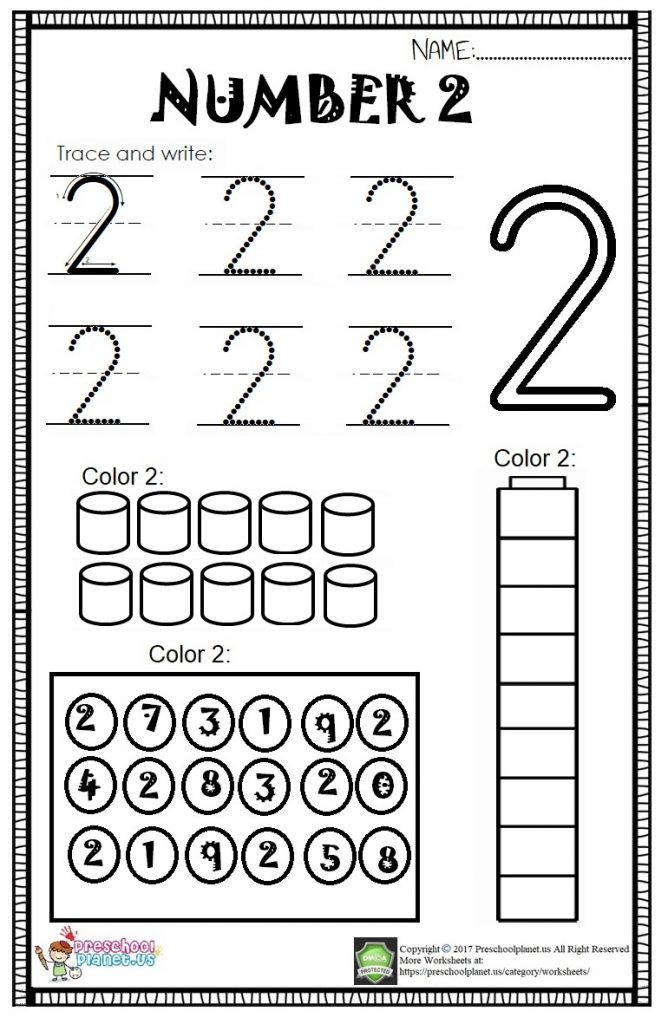
Make sure all the letters child needs are on the board with some extra to make it more difficult.
This activity combines testing your child’s knowledge about the world, practicing motor skills and understanding letters. You can, of course, make it simpler, by providing a word that your child needs to connect by telling it or even writing it.
ACTIVITY 4: Connecting Numbers
Prepare a board by putting scrambled numbers on it and use a pin to secure them. Ask our child to connect numbers in order. Depending on your child’s age and knowledge, you can start with only a few numbers (like connect 1, 2, 3) and go from there.
ACTIVITY 5: Connecting Numbers Backward
Same as in previous activity, prepare a board by putting scrambled numbers on it and use a pin to secure them. This time ask your child to connect numbers but backward, starting from a number of your choosing.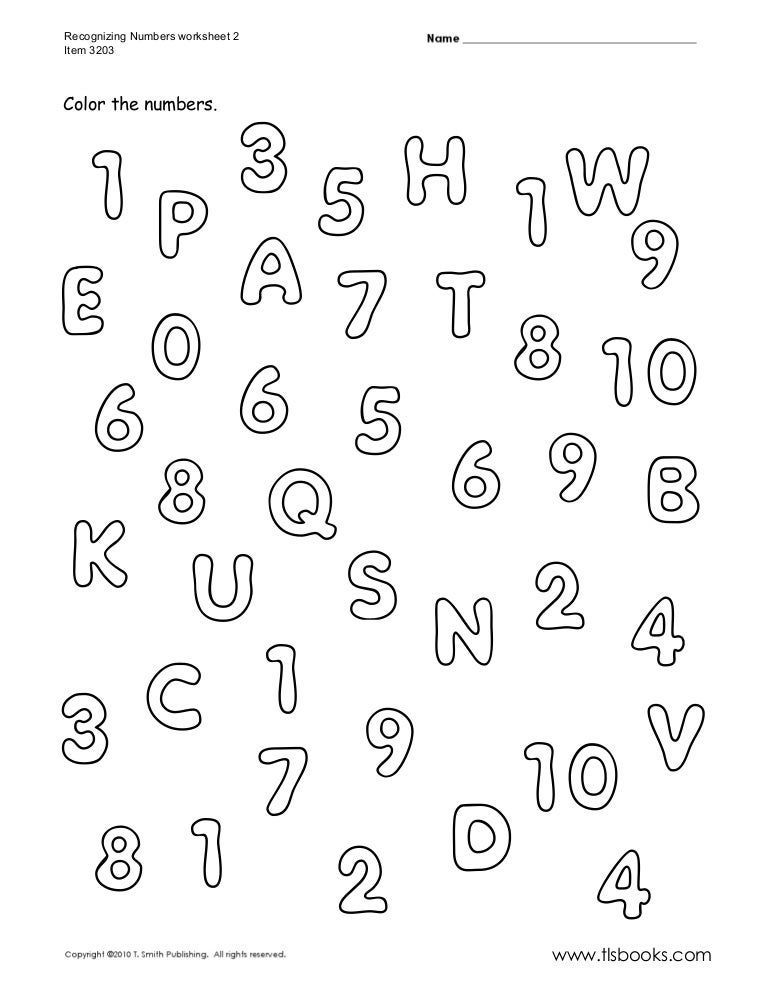 This is a more complex activity since counting backward is a more abstract process for your child.
This is a more complex activity since counting backward is a more abstract process for your child.
ACTIVITY 6: Connecting Even Numbers
When you are certain a child understands how to count numbers, suggest this activity. First, prepare a board by putting scrambled numbers on it and use a pin to secure them. Ask the child to connect even numbers in order.
Understanding even and odd numbers is important for further development of math skills. Even numbers are easier to understand so it’s advisable to practice them first.
ACTIVITY 7: Connecting Odd Numbers
When your child understands concepts of counting, counting backward and even numbers, you can start with this activity where the task is to connect odd numbers. As always, prepare a board by putting scrambled numbers on it and use a pin to secure them. Ask the child to connect odd numbers in order.
After practicing this activity, your child will have a solid base to understand all kinds of arithmetic sequences.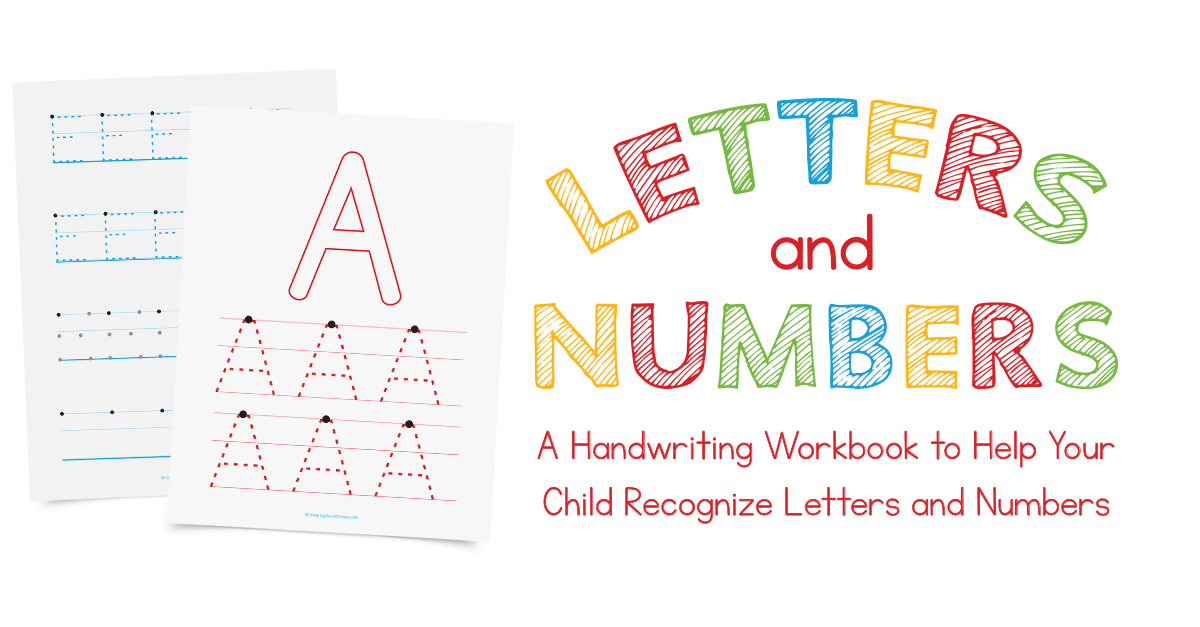
These are only suggestions for activities you can do with your child. You can make them as simple or complex as you wish, but remember to always take into consideration the current developmental stage of your child and his/her interests!
Using the right activities for the current development stage will make the child learn and develop.If it’s too simple, the child will be bored and won’t be engaged in the activity. If it’s too hard, it will lead to frustration for both you and your child. Fun and play are the best catalysts for learning, so make sure there are a lot of those. Happy learning!
If you want to start with something simpler and are just introducing letters to the preschool children, be sure to check Fun Activity to Introduce Letters to Preschoolers. And if these activities are too easy for your child, we recommend you check the How to learn Fractions fun and easy way activity. If you are interested in Number Pi (π), read the comprehensive article and learn all about that mysterious number. How about making your own cipher wheel? And for those “lost in time”, be sure to check how to make a cardboard clock and learn time.
How about making your own cipher wheel? And for those “lost in time”, be sure to check how to make a cardboard clock and learn time.
If you’re searching for some great STEM Activities for Kids and Child development tips, you’re in the right place! Check the Categories below to find the right activity for you.
STEM Science
Videos, guides and explanations about STEM Science in a step-by-step way with materials you probably already have at your home. Find new Science ideas.
Read more
STEM Technology
Videos, guides and explanations about STEM Technology in a step-by-step way with materials you probably already have at your home. Find new Technology ideas.
Read more
STEM Engineering
Videos, guides and explanations about STEM Engineering in a step-by-step way with materials you probably already have at your home. New Engineering ideas!
Read more
STEM Math
Videos, guides and explanations about STEM Math in a step-by-step way with materials you probably already have at your home.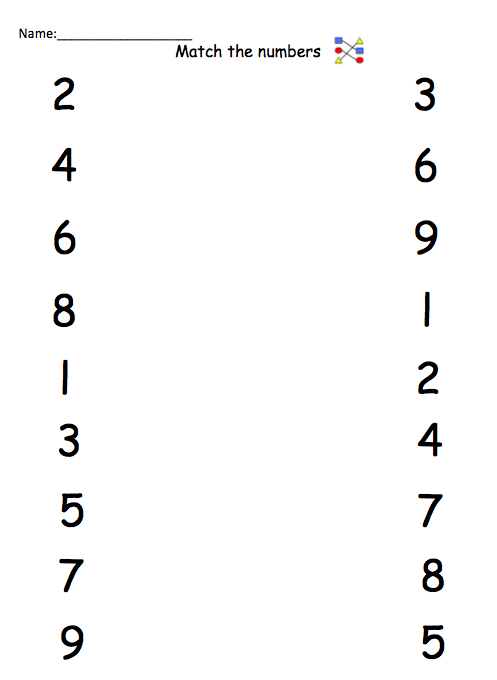 Find new Mathematics ideas.
Find new Mathematics ideas.
Read more
Psychology
Find out all about development psychology topics that you always wanted to know. Here are articles from child psychology and development psychology overall.
Read more
First year of Child’s Life
Following a Child’s development every month from its birth. Personal experiences and tips on how to cope with challenges that you will face in parenting.
Read more
About Iva Leder
Big lover of technology and everything that has some form of code in it. She sees great potential in every child and her job is to find the right method to express that potential.
View all posts by Iva Leder | Website
Posted in: STEM, STEM Engineering, STEM Math | Tagged: Activity, Child Development, Children, Cognitive Development, Creativity, Development Stages, Engineering, Excercises, Learning, Letters, Math, Motor skills, Numbers, Paper Activities, STEM, stem activities for 1st grade, stem activities for kindergarten, stem activities for preschoolers3k
5k
891
Recognition of handwritten numbers using Machine Learning - NTA on vc.
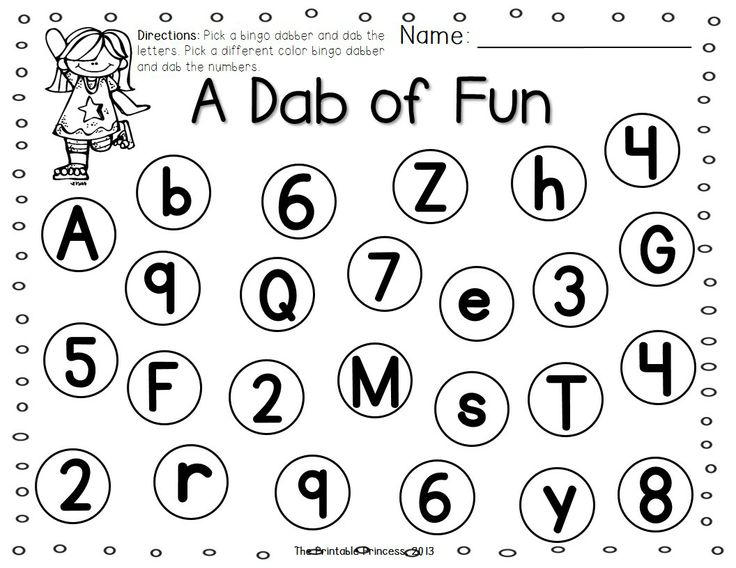 ru
ru Every day people are faced with a huge amount of data, but despite the transition to electronic document management, there are documents that are scanned by a person and contain handwritten text, in including numbers, dates, signatures, etc.
1065 views
Handwriting recognition is a huge problem as there are only 10 digits and a person's handwriting can vary greatly. And sometimes even the person himself cannot cope with the task of handwriting recognition, let alone the doctor's handwriting 😊
The classification of handwritten text or numbers is very important in practice, it will help to reduce the time for parsing a huge amount of data.
In this article, I want to look at handwritten digit recognition from 0 to 9 using Scikit-learn's well-known digits dataset using a logistic regression classifier.
The digits dataset in brief
The digits dataset contains a set of datasets that can be useful for testing data analysis problems and predicting results.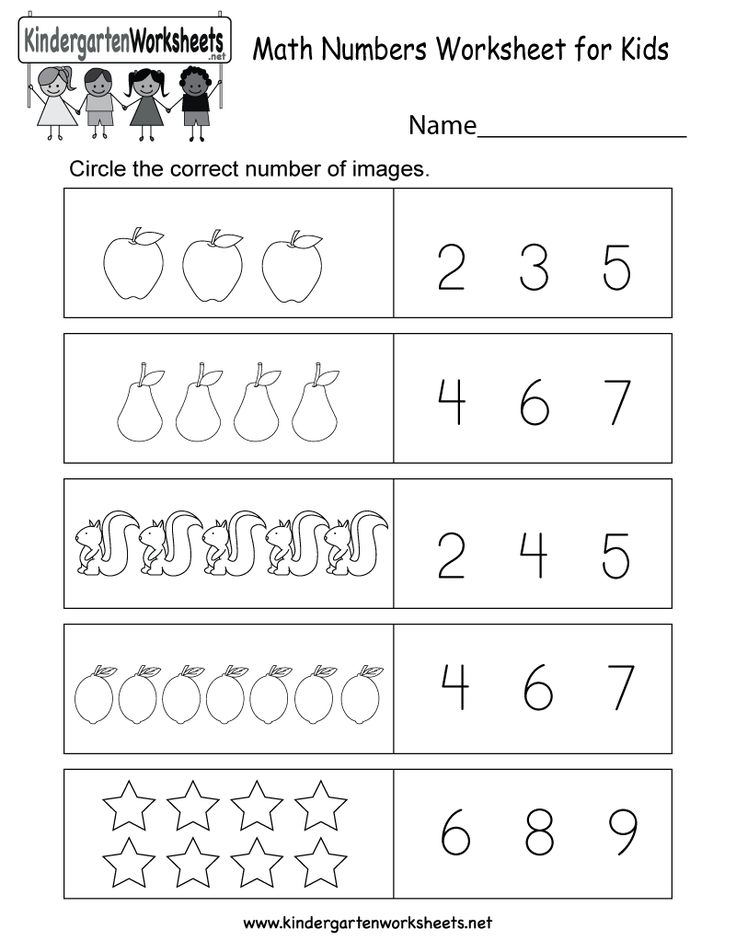
To work with handwriting recognition, you need the following libraries: matplotlib, sklearn, scipy.
On the example of the built-in data set of the sklearn library - digits, let's consider the implementation of digit recognition. To do this, we import it to start using it.
import sklearn.datasets dd = datasets.load_digits() print(dd.DESCR)
The digits data area is a dictionary that contains data, targets, images, as well as object names and a description of the data set with target names, etc.
I am targeting a dataset and an objective function, extract two lists into two different variables.
m_d=dd['data'] tt=dd['target'] print(len(m_d)) import matplotlib.pyplot as pltt %matplotlib inline def show_cifr(index): pltt.imshow(dd.images[index],cmap=pltt.cm.gray_r, interpolation='nearest') pltt.title('Number: ' + str(dd.target[index])) pltt.show() show_cifr(8)
Let's look at 3 models: the support vector classifier, the decision tree classifier, and the random forest classifier, in order to understand how each of the models performs on the same dataset.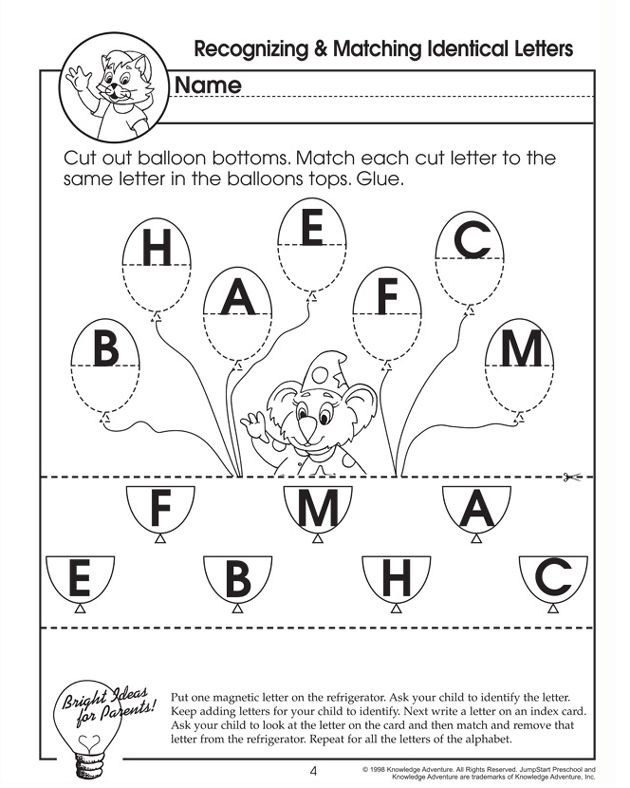
Support Vector Classifier
The task of this algorithm is to find a hyperplane in n-dimensional space, where n is the number of features, in order to classify all data points.
from sklearn import svm svm = svm.SVC(gamma = 0.001, C=100.) svc.fit(m_d[:1790], tt[:1790]) pr = svc.predict(m_d[1791:]) pr, tt[1791:]
The output is 100% match, where 1791 values are used for training and 6 inputs are used for testing.
Decision tree classifier
The decision tree classifier uses a simple idea to solve a classification problem. A series of carefully crafted questions are asked about the attributes of the test entry. Each time a question is asked, we get an answer at the output until a conclusion is made about the class label of the entry.
from sklearn.tree import DecisionTreeClassifier dt = DecisionTreeClassifier(criterion = 'gini') dt.fit(m_d[:1550] , tt[:1550]) pr2 = dt.predict(m_d[1551:] import sklearn.metrics.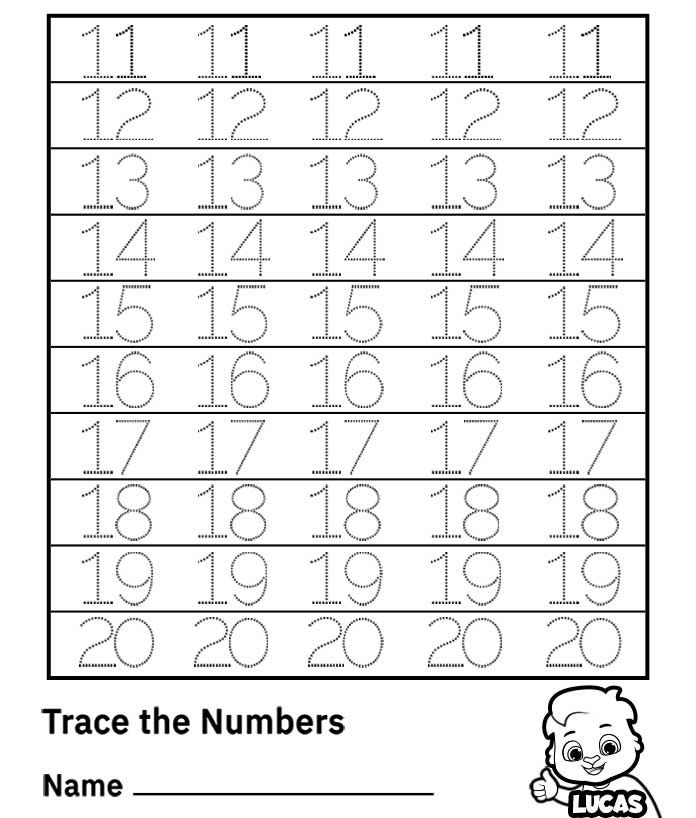 accuracy_score import sklearn.metrics.confusion_matrix confusion_matrix(tt[1551:], pr2)
accuracy_score import sklearn.metrics.confusion_matrix confusion_matrix(tt[1551:], pr2)
accuracy_score(tt[1551:], pr2)
As you can see, the decision tree classifier does not work well with the data. You can try to improve the accuracy by tweaking the DTC hyperparameters.
Random forest classifier
Random forest is a supervised learning algorithm. It is used for both classification and regression.
With a random forest, you can create decision trees on randomly selected samples of the dataset and get a prediction of each tree and subsequently choose the best solution by voting.
import sklearn.ensemble.RandomForestClassifier rc = RandomForestClassifier(n_estimators = 150) rc.fit(m_d[:1400], tt[:1400]) pr3 = rc.predict(m_d[1401:]) accurace_store(tt[1401:], pr3)
So we can see that Random Forest performs well on less data than Decision Tree. The accuracy score is 92%.
It is hypothesized that by tuning the hyperparameter with various models, over 96% recognition accuracy of the handwritten dataset can be achieved.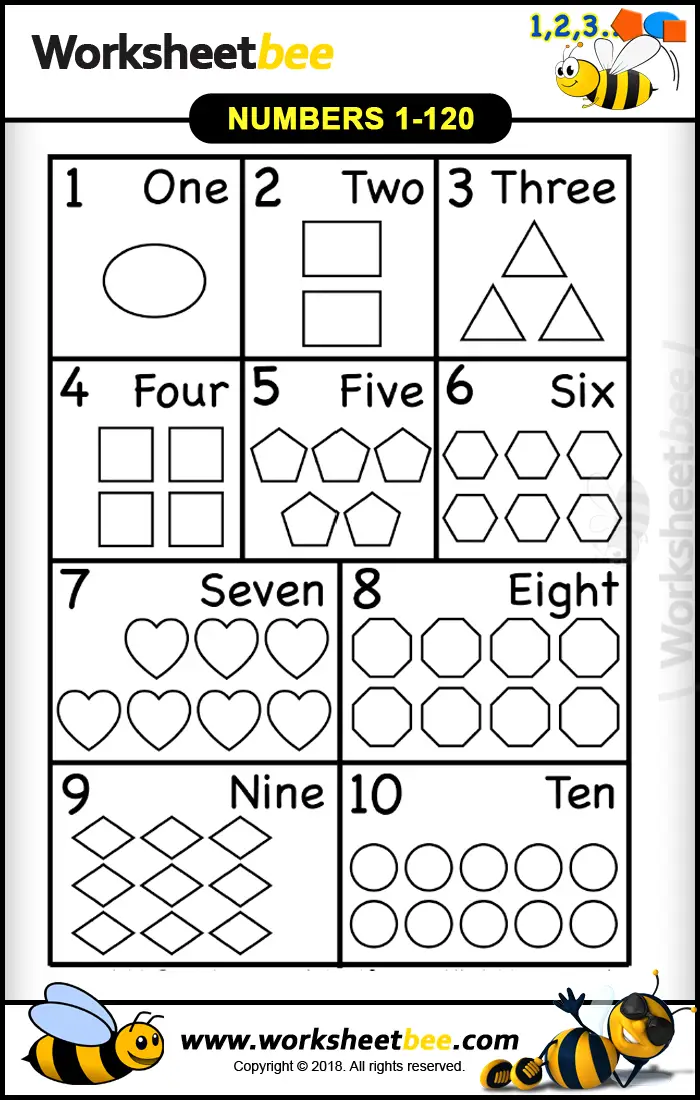 But first you need to make sure that the test data will be good, otherwise the model may be overloaded.
But first you need to make sure that the test data will be good, otherwise the model may be overloaded.
Good luck coding! 😊
Digit recognition using simple statistics and topology analysis / Sudo Null IT News
Akr0n
Algorithms *
It was in the third year, we got the subject of IIS (intelligent information systems). Since I have been interested in pattern recognition for a long time, I managed to get the topic "recognition of handwritten numbers". I decided not to mess around with neural networks and come up with something of my own, simple, but quite effective.
Perhaps the simplest of the character recognition algorithms is a pixel-by-pixel comparison of a pattern with reference images, the difference is calculated, the sample for which it is the smallest is considered the correct answer.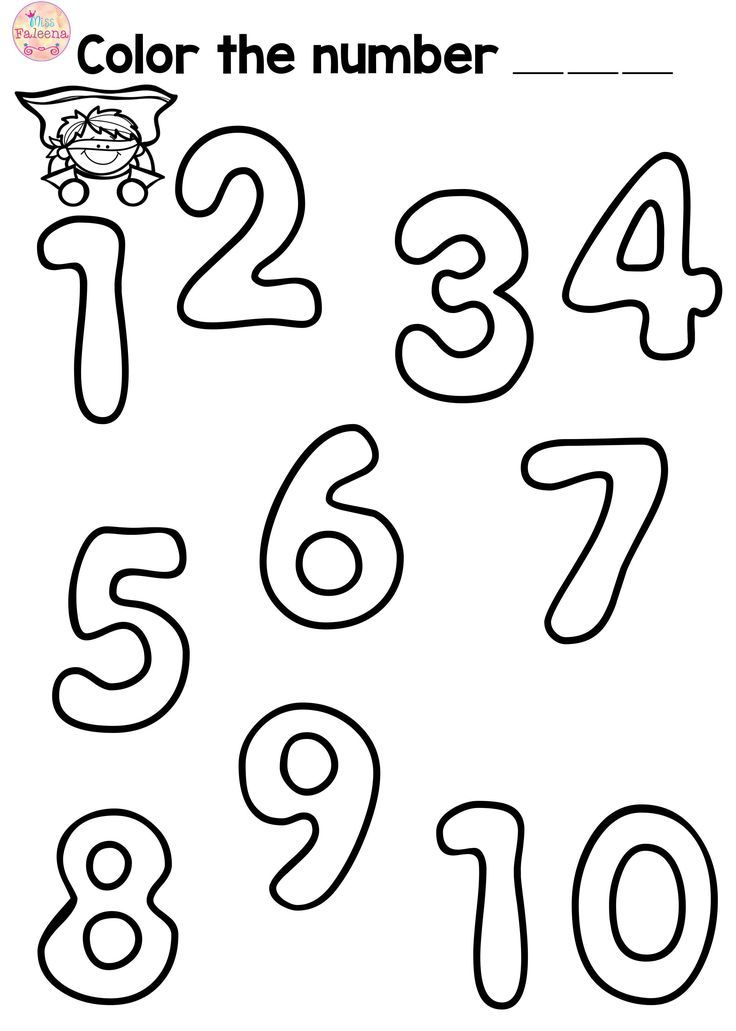 When comparing, you can use various tricks, for example, use potential functions and Hamming distance for clustering. Disadvantages of this method: the need to prepare and store a large number of samples (the more, the better), poor resistance to distortion, strong dependence on the font used for reference images.
When comparing, you can use various tricks, for example, use potential functions and Hamming distance for clustering. Disadvantages of this method: the need to prepare and store a large number of samples (the more, the better), poor resistance to distortion, strong dependence on the font used for reference images.
I also came up with the idea to directly use the statistics of the distribution of shaded pixels. It was decided to use a field of 20x30 pixels, since the more points, the smaller the statistical error.
The essence of the method
1. The boundaries of the picture are determined, a rectangular area is cut out (to cut off empty pixels and reduce the dimension of the working matrix).
2. The area is divided crosswise into 4 parts.
For each quarter, the number of filled pixels that fall into it is counted, and the proportion relative to the entire picture is calculated.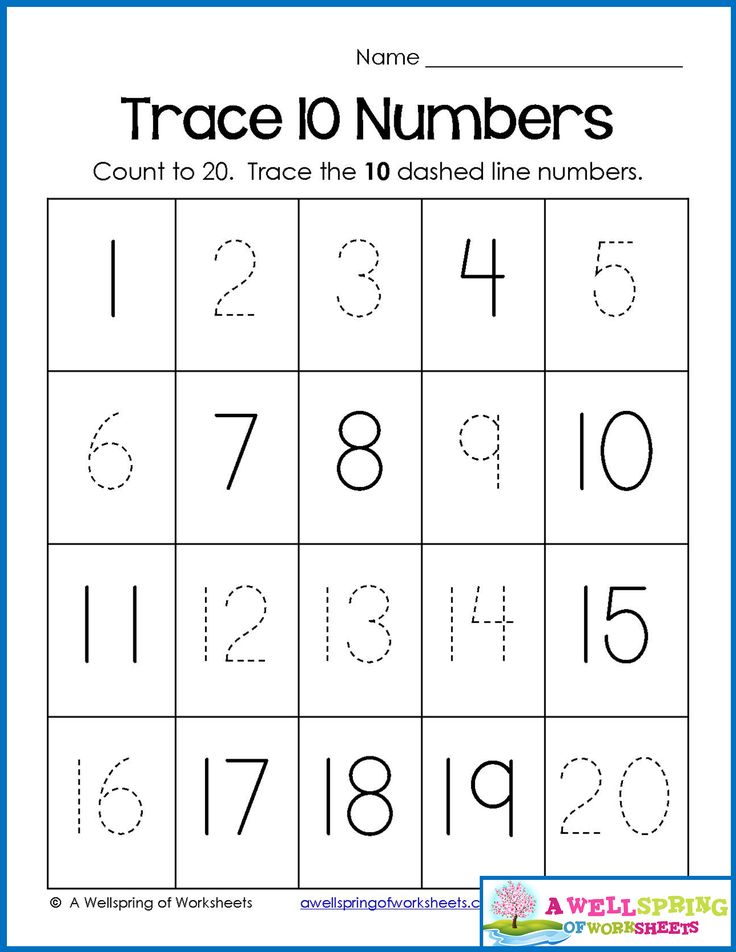 Something like this:
Something like this:
3. For higher recognition accuracy, the topology is examined. Using a recursive function, the number of closed areas is counted. If there are two of them, this is exactly the number 8. If one is 0, 6 or 9 (there will be a clarification by quarters). If there are no such areas, this is one of the other numbers.
4. Next, a plate comes into play, in which approximate distributions for each number are pre-written, which I calculated after doing a little research:
For each digit (row) in the table, the total deviation is calculated, where it is minimal, we consider that this figure is shown in the figure (of course, the topology calculated in step 3 is taken into account, for example, if one closed area is found in the table, only 0, 6 are checked and 9).
Software implementation
Here, in fact, what the program looked like in the end:
Conclusions
The method may seem too dumb, but nevertheless it works! If is not worth the task of fooling the algorithm, the percentage of correct recognitions is very high.